How (and why) to photograph butterflies
This new book gets you closer to butterflies than you've ever been before.

British wildlife and landscape photographer Andrew Fusek Peters has been in the business a long time. But it's only in the past five years that he started turning his eye toward the UK's butterflies and the challenges involved in capturing their beauty – especially in flight.
Now, he's published a stunning book of his photographs called Butterfly Safari. Here, we chat with Peters about his photos and their potential impact, and the path other aspiring butterfly photographers should travel on to try their hands at this difficult but rewarding work. Plus, see a collection of images excerpted from the book.
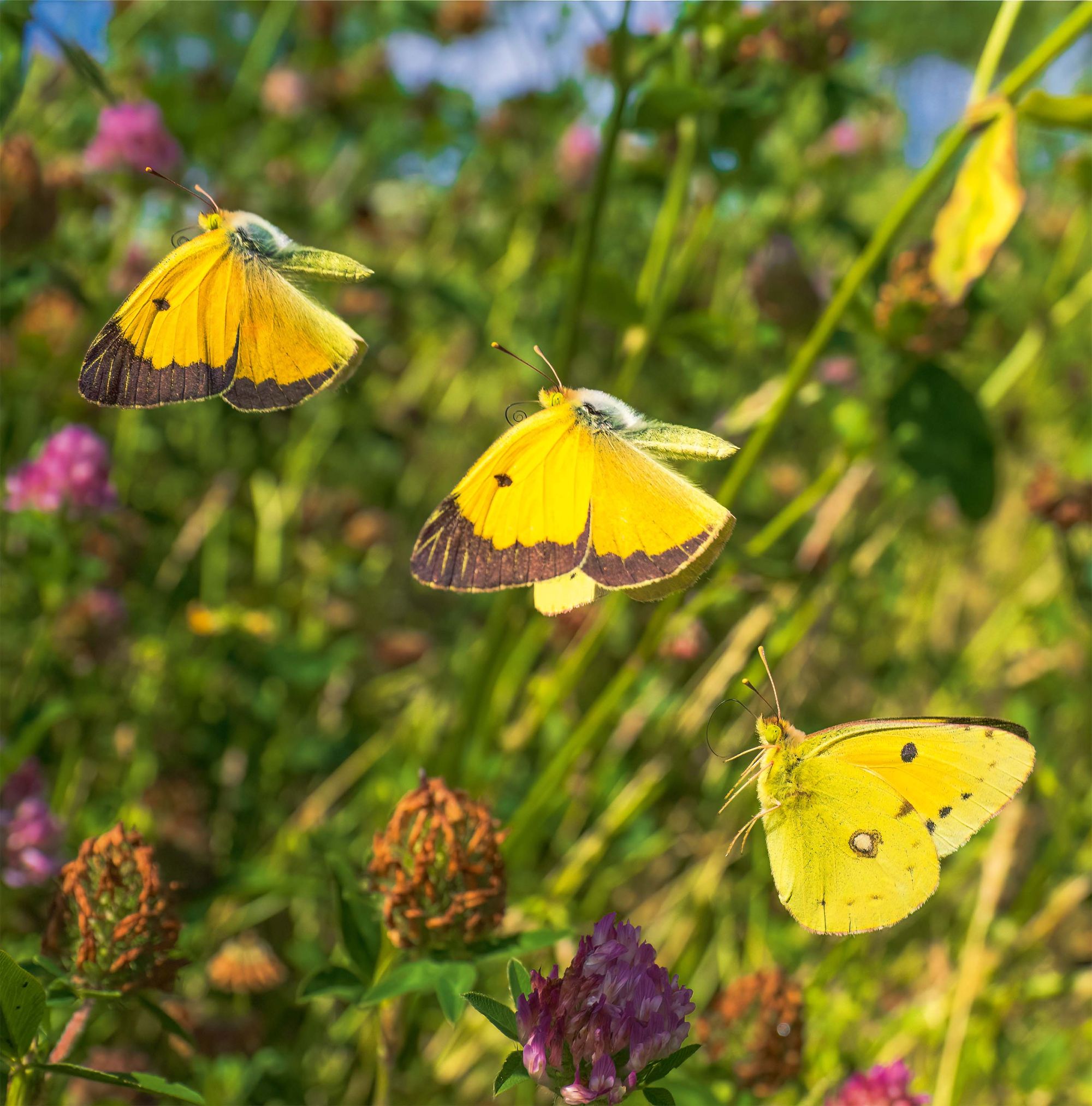
Rewilding: How did you get started photographing butterflies?
Andrew Fusek Peters: I was actually diagnosed with cancer. I was very ill. I was in my garden at home, waiting for surgery, and there were all these butterflies. I was thinking, if butterflies are called butterflies – i.e., they fly – why is nobody photographing them in flight? I started to work out how to do it, and succeeded.
There's something about the fragility of these beautiful creatures in the UK in particular, where 80 percent of our butterflies are in decline. This is a really worrying time.
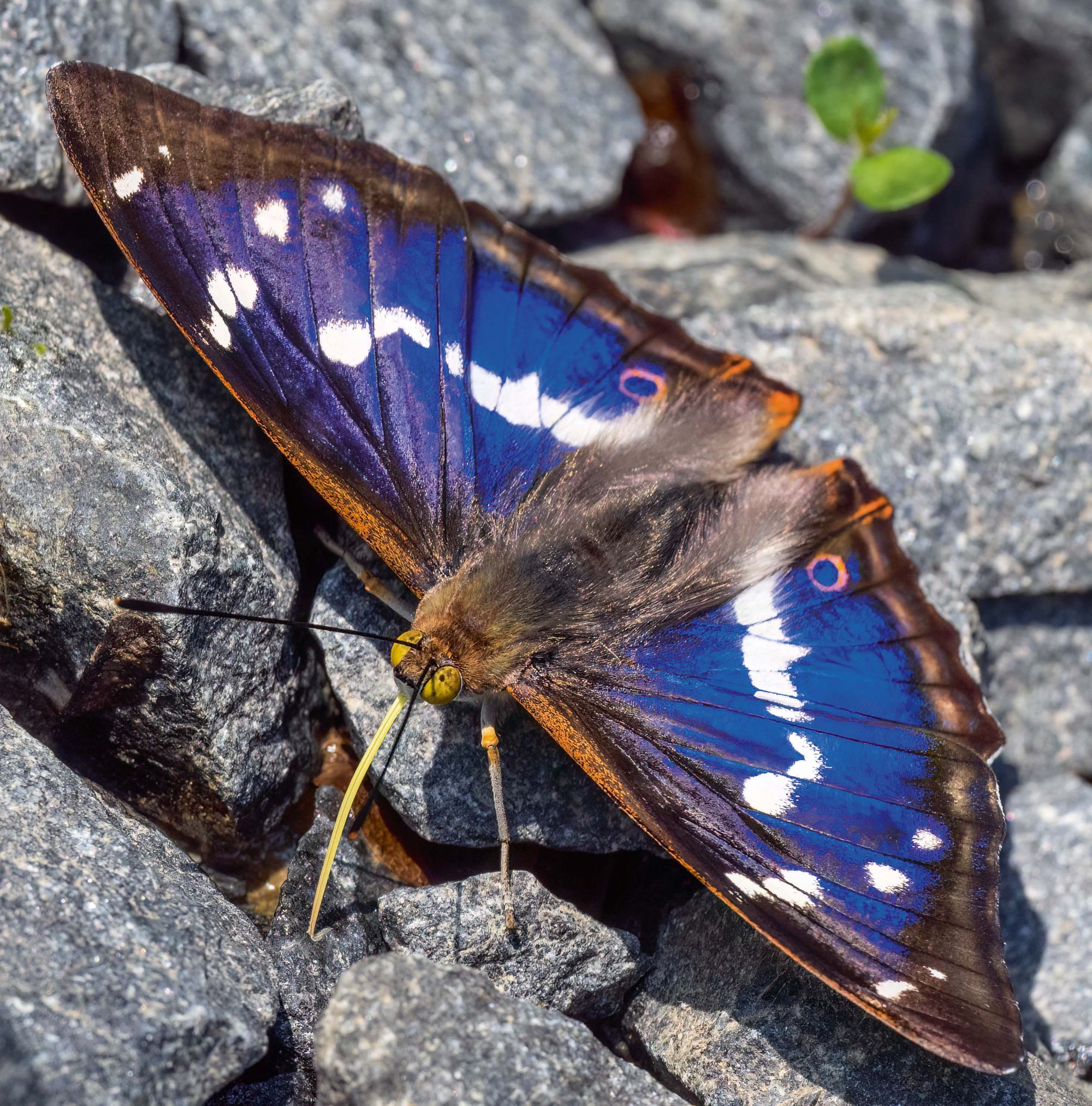
I was trying to do two things. One was to photograph things that have never been photographed before, like high-speed flight sequences. Butterflies in flight – I mean, they’re impossible to stop and to freeze in the frame. It's a ridiculous idea. Often it would be 10,000 photos to get one that was sort of in focus.
But as time went on, I thought, this is a very interesting story to tell. And then I got interested in getting close up. They're called Lepidoptera, which means scaly wing – they can have up to a million scales. Their little tiny antennae, the tips can be like a millimetre, and they're covered in thousands of scales. But you don't know that unless you're putting a serious amount of macro lens and lighting and stacking photos.
I'm trying to show the beauty and the hidden worlds of these gorgeous species. And I'm trying to be a spokesman to speak up for them as well.
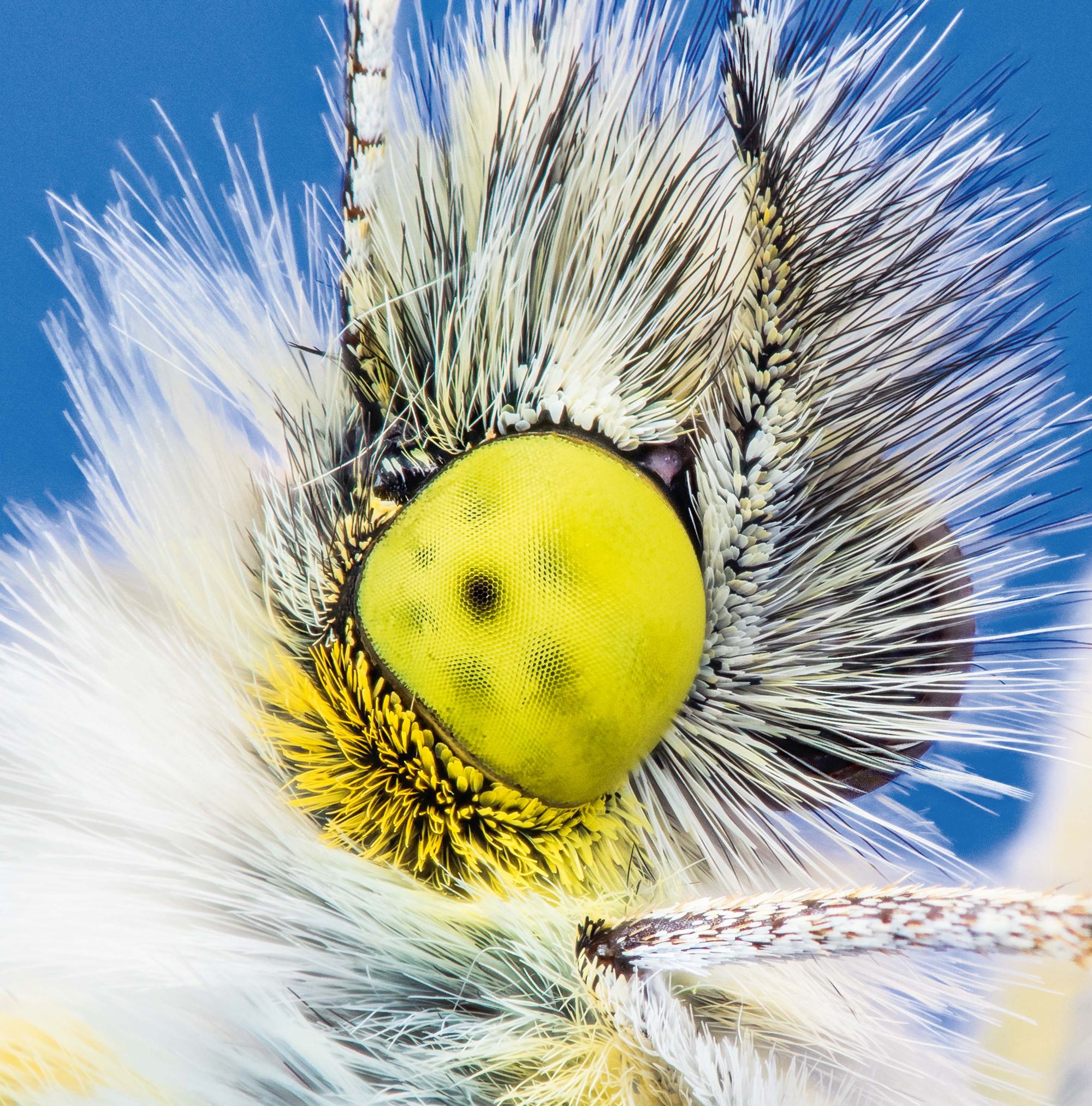
Rewilding: What you’re saying makes it clear why people used to catch a butterfly and pin it to a board.
AFP: And they didn't know any better. Thankfully, those days have mostly gone now.
All the work I've done is out in the field, in gardens and wildlife nature reserves. Occasionally I come across a dead butterfly or a butterfly wing where a butterfly has been taken by a bird and I'm happy to photograph those – I've got no issue with that.
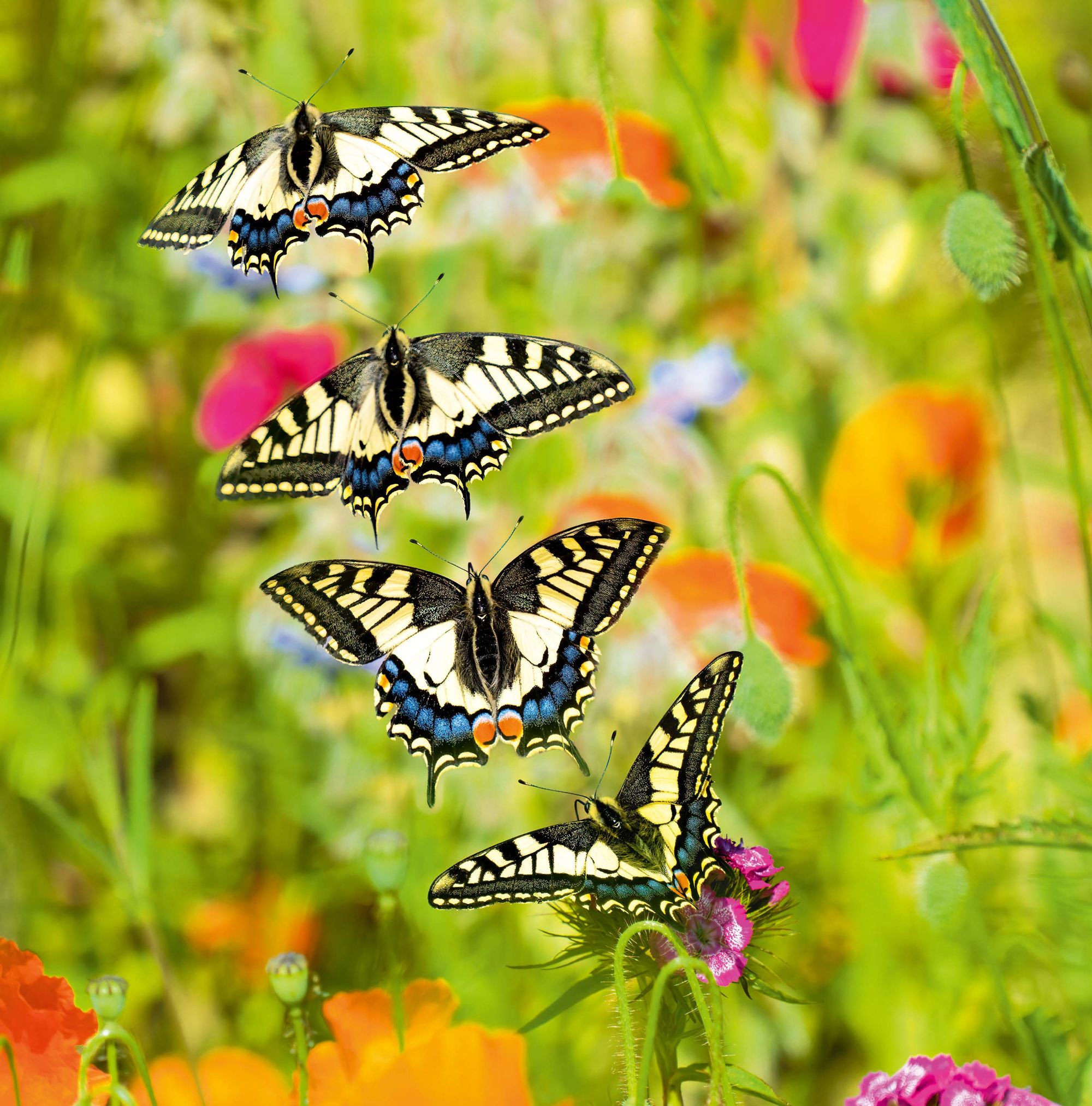
Rewilding: Did you answer your question of why no one ever photographs butterflies in flight?
AFP: Because it's so difficult. Also, technology has come a long way. I'm an OM System ambassador now, and I work with a kit that can shoot 120 frames per second. It's very lightweight and it focuses very fast. It does some things that I need.
People ask endlessly: tell me how you do it. I just say that there are some basics, like studying behaviour. What does a butterfly do when it's nectaring? What direction does it take off in? How can you anticipate that? What work can you do to understand your camera? You've got to know exactly what your camera can do and have a great understanding of butterflies because you will not get these sorts of shots by accident.

We have this thing called BIF, birds in flight. When they're starting in wildlife photography, a lot of people say, how are your BIF shots? And everybody knows what that means. But BIF as in butterflies in flight is a whole other level of pain. And I love that.
The general rule of wildlife photography still applies to butterflies. If the eye is in focus, you're in with a chance – the rest sort of comes together.
Rewilding: Do you think that working on this book deepened your appreciation of butterflies?
AFP: I think you have to be more than a wildlife photographer, if it's what you do and all your passion goes into it. If I'm just going for the glory, the glory is this book. But I'm also trying to carry a message that this is a warning, because we don't want this book to be an epitaph in 20 years.
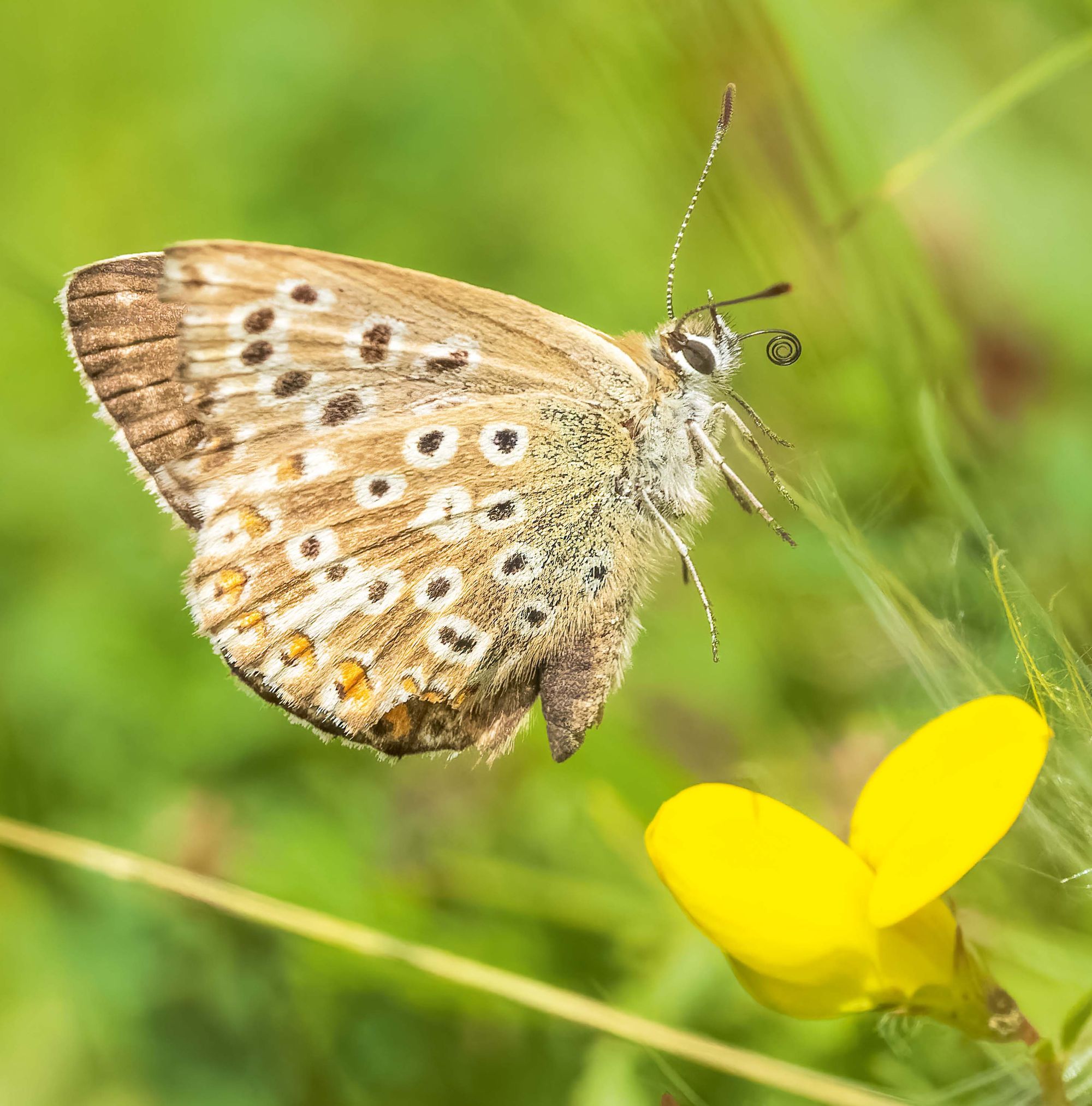
Rewilding: Did you see anything on your journeys that gives you hope for the future of these butterflies?
AFP: While I was photographing, I spent half a day with a member of Butterfly Conservation Warwickshire called Mike Slater. He's liaising with local farmers, trying to get bits of fields set aside for clover, which is a nectaring plant. As a result, butterfly numbers are increasing.
The National Trust are doing an enormous amount of work all around the UK. Where I live, in Shropshire, they're doing this project called Stepping Stones, which is about working with landowners, wildlife trusts, charities, small holders and gardeners and saying, we've got to work together. Otherwise, we're going to lose a lot of these species.
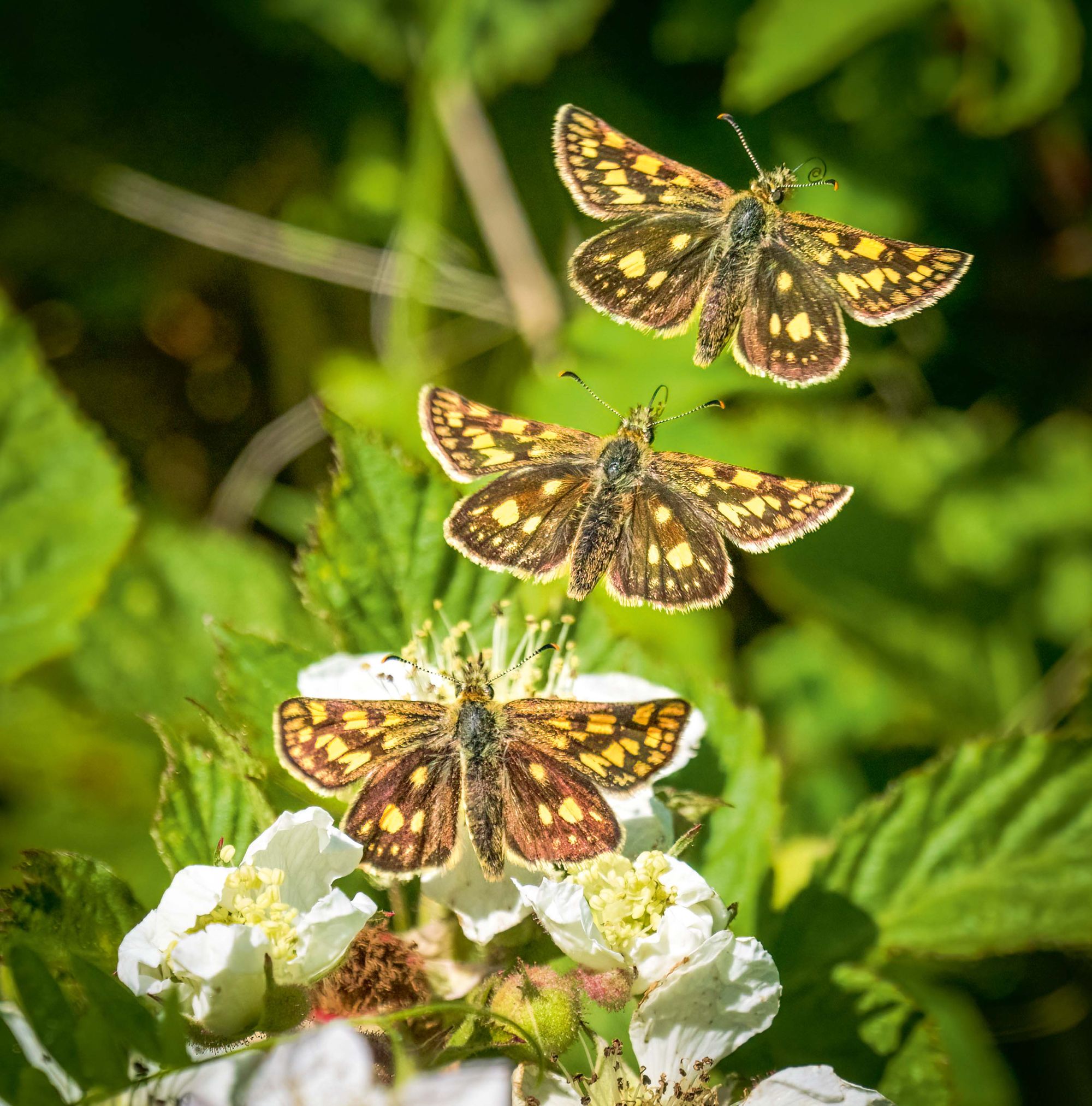
I also photographed butterflies that were extinct in the UK, but have been brought back, like the large blue. The chequered skipper, which was only in Scotland, is finally in England, in a wood in Northamptonshire called Fineshade Wood. This was the first year you could go and photograph it, so I photographed the first ever English checkered skipper in flight.
I do see that there are signs of hope and we've got to keep going for that. I think it's really important, and I think photography has a role to play. The conservationists can speak and do all the amazing work that they're doing. But if they have beautiful photos to support that work, then we're all working together. I think that's a really positive thing.
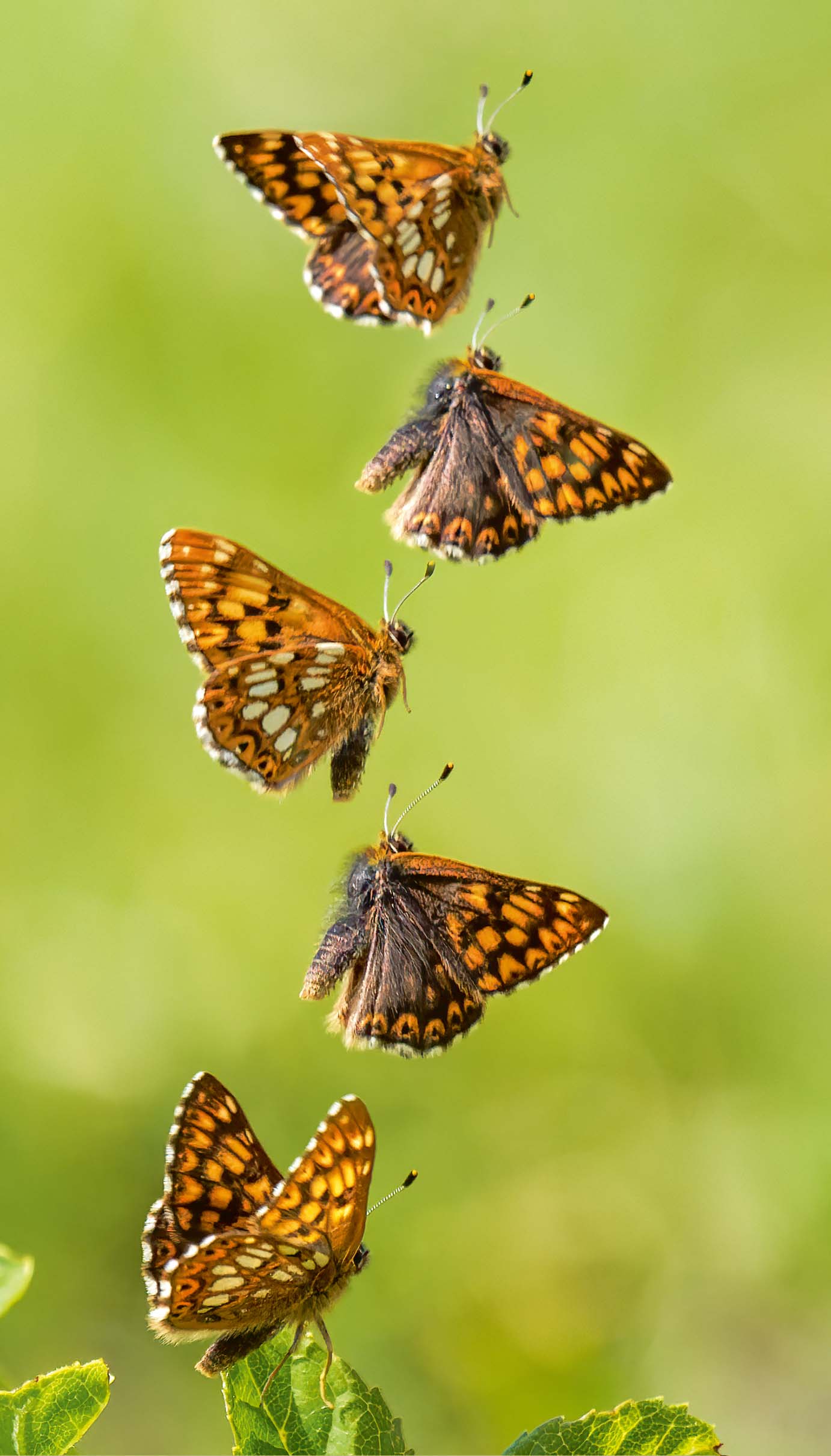




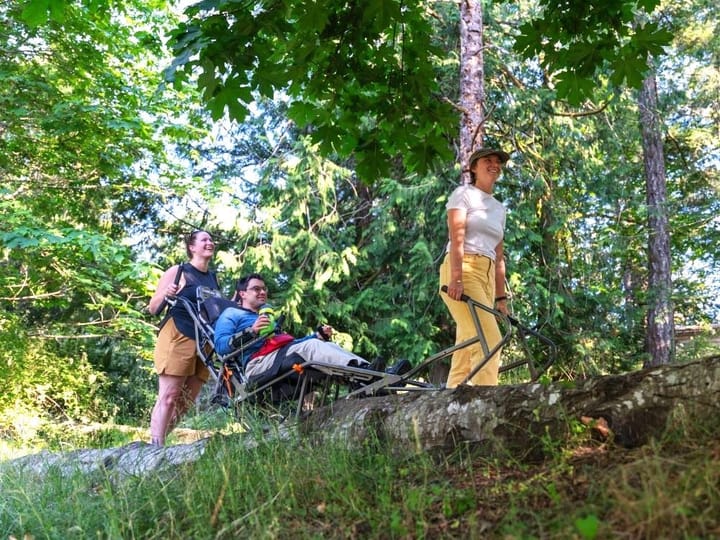

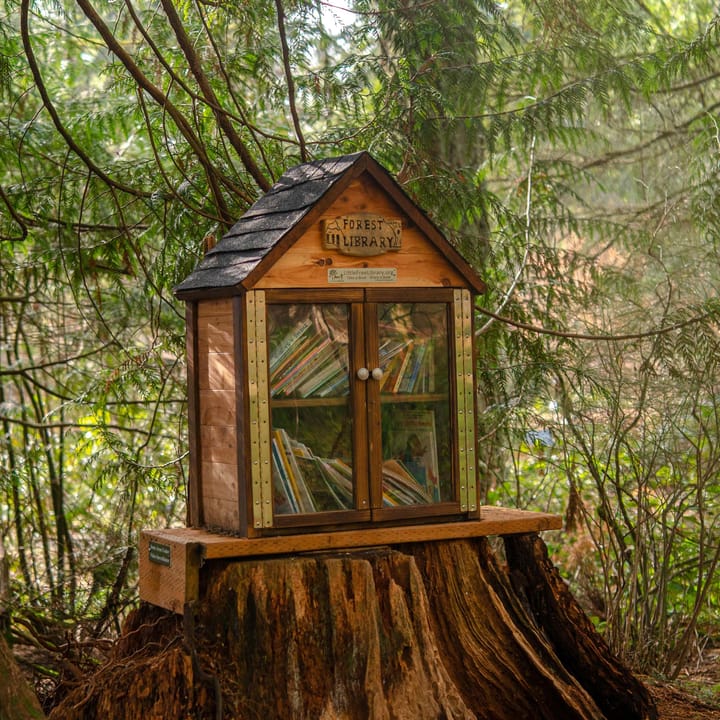
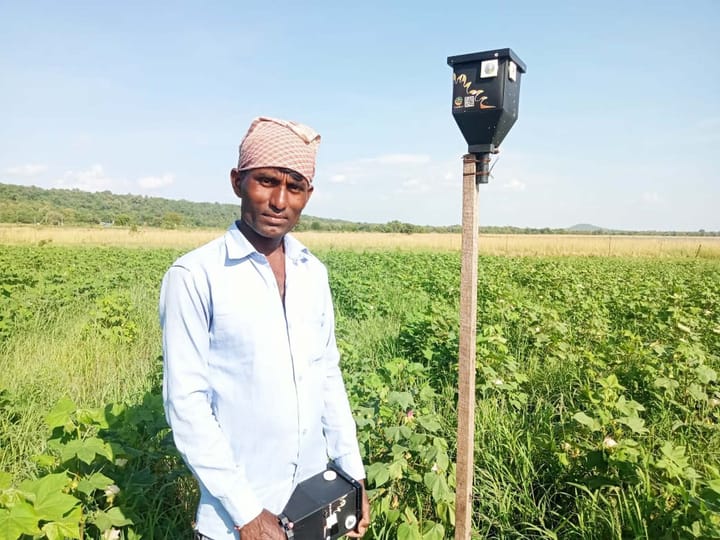
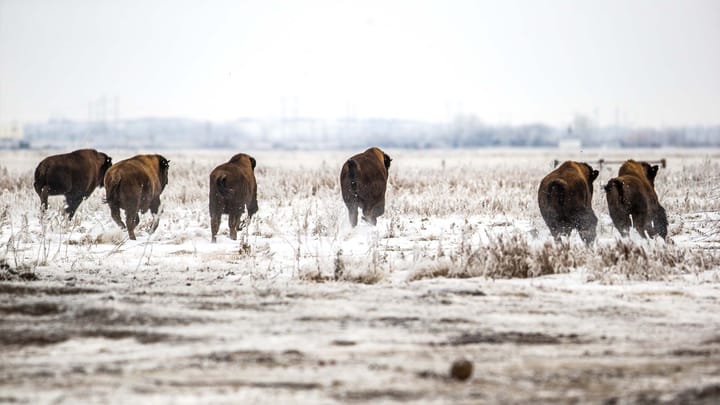
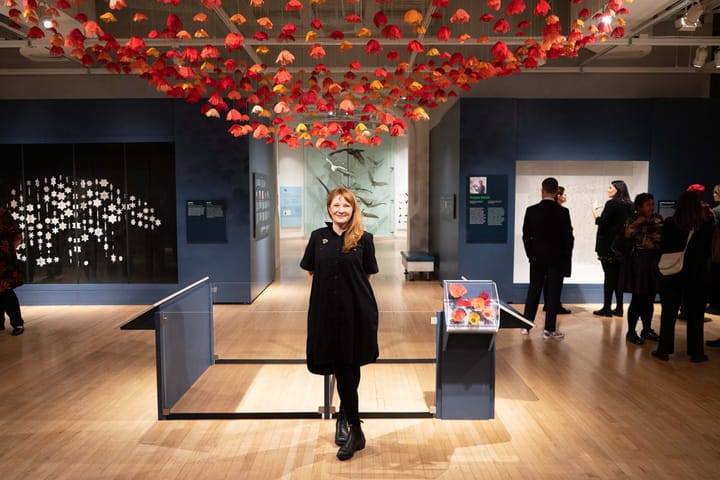


Comments ()